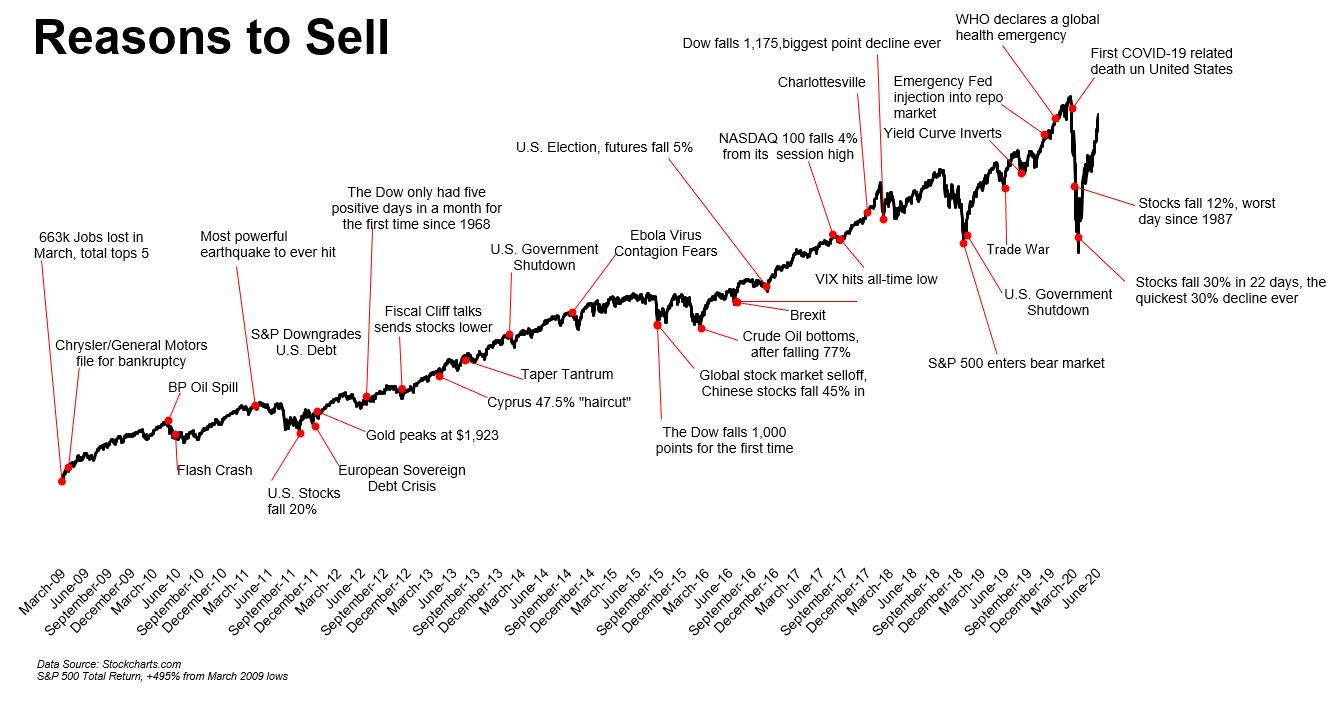What do Astra-Zeneca and market timing have in common?
Andrew Hill - Jun 01, 2021
What vaccine did you get?
This has quickly become the conversation starter, dethroning the long ruling “how about that weather?”.
I recall the day I received mine. The nurse proudly stated that I was getting Pfizer, as if I was about to be injected with Shell V-Power Nitro instead of just Regular Unleaded.
A colleague of mine, on the other hand, received the Astra-Zeneca vaccine. What struck me about our conversation was his description of the day he received it. Even in the face of an abundance of research that said it was safe and effective, he had to continually battle his concerns over blood clotting and remind himself that it would be ok. His rational brain told him that the probability of a bad outcome was incredibly low, but his emotional brain kept revisiting the “what if” scenario.
This is precisely why market timing is like getting the Astra-Zeneca vaccine . Investors are in a constant battle between facts and feelings.
First, what is market timing?
The late great David Swensen (former manager of the Yale Endowment Fund), suggested that there are 3 primary tools that affect returns:
-
Asset allocation (what assets you buy: stocks, bonds, commodities, real estate, etc)
-
Security Selection (what securities you buy within asset classes: BCE vs RBC vs Shopify)
-
Market Timing (when you buy and sell the securities)
Swensen, along with a list of some of the world’s most prominent institutions, have stated that the majority of variability in returns over a period of time can be attributed to a portfolio’s asset allocation.
Yet investors spend an inordinate amount of energy on market timing.
Why is that?
In my opinion, it’s deeply rooted in our emotional biases.
-
Illusion of Control Bias: the tendency for people to believe they have more control than apparent over otherwise random events.
-
Negativity Bias: the tendency to register negative stimuli more readily and to dwell on these events.
But, often, it just comes from a gut feeling, or an overwhelming sense of uncertainty. This is perfectly normal; nothing is certain in this world. But it’s not a reason to make dramatic moves.

Source: theirrelevantinvestor.com
One of the more common market timing strategies (golden cross and death cross) used by technical analysts, was completely useless in March 2020. You would have sold near the bottom and bought back in ~40% higher.
So what is an investor to do?
-
Ignore the noise but be realistic: The one thing that you can control is the amount of risk you take on in your portfolio. Forget about the day to day, week to week, or even year to year volatility. Understand that risk is real but it becomes less important the further out you look.
-
Remain sufficiently diversified: paying attention to the long term doesn’t matter if you are only invested in Nortel. There have also been long periods of time when broad markets have delivered abysmal returns (ex. S&P500 from 2001-2011, TSX from 2008 to 2018). However, the sun always shines somewhere in the world. When the S&P 500 lagged in the early 2000s, commodities powered the TSX ahead, and when the TSX lagged for the next 10 years, the S&P500 led the way.
-
Plan, plan, plan: investing should be done with a goal in mind (ex. Cash flow for retirement, leave a legacy, make as much money as humanly possible, etc). Pick your destination, map your route, and then decide what kind of car you are going to drive to get there.
But if you still can’t shake that bad feeling and you need to “scratch the itch”, then consider the following:
-
Don’t go “all-in”: leave yourself some room to be wrong and to take advantage of the upside.
-
Don’t follow your gut: “waiting for the dust to settle” is not an investment strategy. Instead, come up with a systematic plan that removes your emotion from the equation. Pick a level to exit, a level to re-enter, and two more levels in case your first two are never met. It’s easy to find a reason to sell, it’s hard to find a reason to buy back. Keep your feelings out of it!
Risk is inescapable and cannot consistently be brought to zero. We take risks when we drive a car, hop on an airplane, or supersize our fries.
The key is to prepare yourself in such a way that leaves you comfortable and protected so you can take part in the upside while managing the downside.
Plan for the worst but expect the best.
Andrew